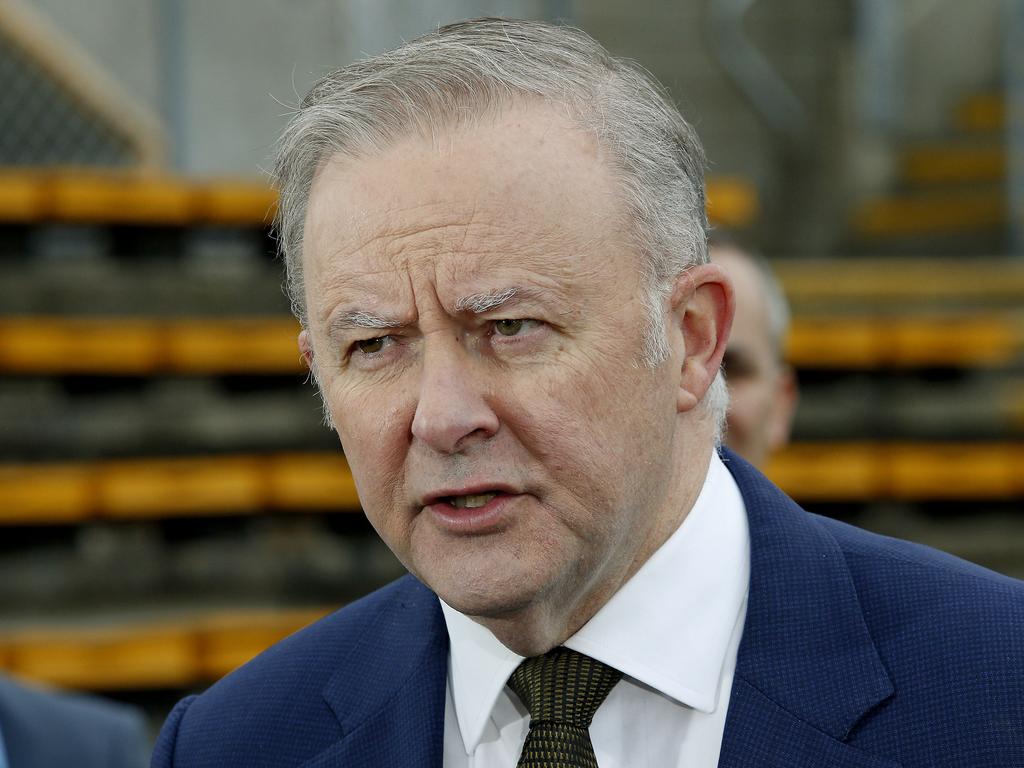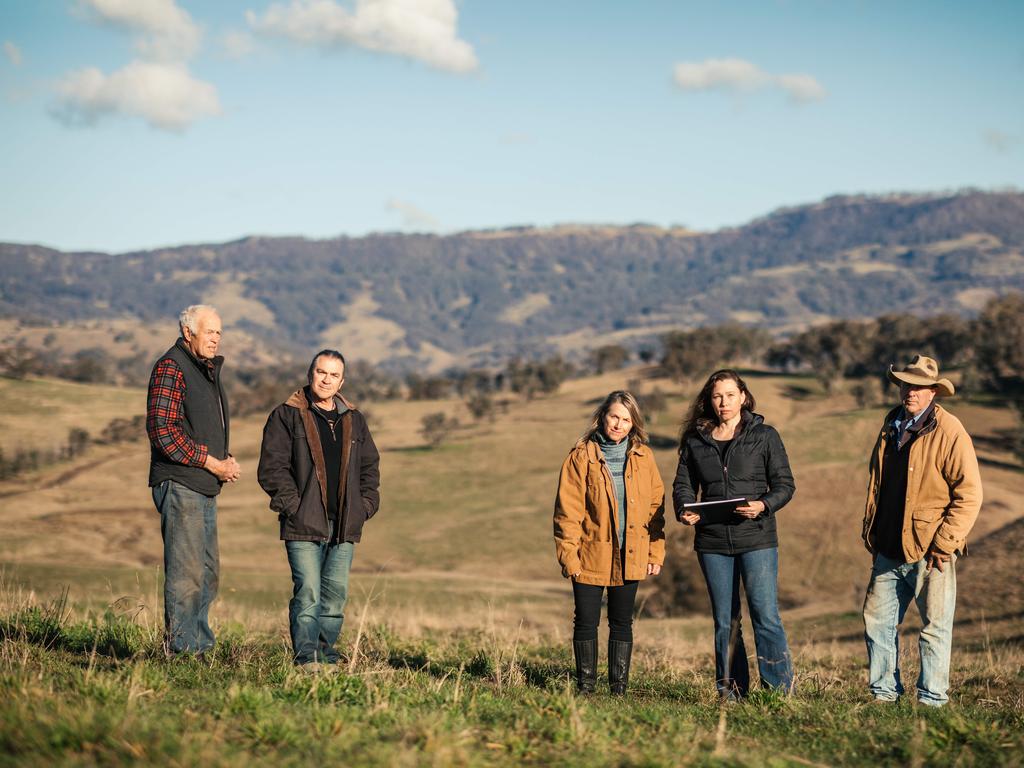Planning rules blow away key NSW wind farm
RES blamed the axing of the Central Tablelands project – which was expected to support 340 jobs – on changing economic and planning requirements for NSW wind farms.

NSW’s planning regulations for renewable energy projects have been blamed for causing the demise of a major wind farm proposed in the Central Tablelands.
The Australian arm of UK-headquartered RES Group has formally informed federal regulators that it had withdrawn its proposal to develop the Barneys Reef wind farm north of Gulgong.
The wind farm was expected to include 63 turbines and generated 441 megawatts of energy each year; it had been classed as a development of state significance.
It was located in the middle of the Central West Orana renewable energy zone, the first such zone declared in Australia.
RES in a statement confirmed that the project – which had been expected to support 340 jobs during its construction – no longer stacked up. “This decision has been made in light of the changing economic and planning requirements for NSW wind farm development, which makes this project challenging for RES to proceed with at this time,” the company said.
The NSW government last year unveiled a draft energy policy framework, which included updates to address issues, including the visual impact of wind farms. At the time, the government said the framework was expected to support faster, more consistent decision-making, noting that renewable energy was critical to meeting the state’s net zero target of 2050.
NSW Planning Minister Paul Scully defended the renewable planning regulations, noting several other proposals had made progress under the revised system. “It’s no secret economic conditions are tough at the moment, but the Yanco Delta, Bowmans and Hills of Gold wind farm projects have successfully navigated the NSW planning system in the last year,” he said in a statement.

“In fact, since forming government, we have approved 25 renewable energy projects and we will continue to improve assessment times and speed up the renewable energy transition.”
RES had been working on the Barneys Reef project since 2020. A presentation prepared by the company in 2021 noted some of the visual challenges of the project, with a “zone of visual influence” assessment finding that the town of Gulgong and its surrounds would “have the potential to view the project in its entirety”.
A preliminary Aboriginal heritage survey over the project location had identified 12 registered sites in the area, including a burial site, rock shelters, an axe grinding groove, stone arrangements, a waterhole and an artefact scatter.
Barneys Reef was one of the projects earmarked to connect into a major new transmission network proposed by the NSW government’s EnergyCo.
Construction of that infrastructure is slated to begin before the end of this year.
“RES has had to make the difficult decision to not proceed with the EnergyCo Access Rights Application Process for this project, and we have notified EnergyCo to remove the Hub to Project connection they are currently planning and securing land for,” an RES spokeswoman said. RES plans to push ahead with its nearby Tallawang solar project.
Other major wind farms slated for development in the area include the 730MW Spicers Creek wind farm proposed by Andrew Forrest’s Squadron Energy and ACEN Australia’s 800MW Valley of the Winds.
Beyond state planning regulations, wind farm developers have said the pace of development in the industry risked being stymied by new federal guidelines for the industry. The Clean Energy Investor Group – whose members include Squadron Energy, Macquarie and French giant TotalEnergy – said environmental approval was increasingly challenging for wind projects and could mean Australia missed its renewable energy target.
In July, Korea Zinc subsidiary Ark Energy pulled its plans for a 430MW, 54-turbine Doughboy wind farm between Armidale and Coffs Harbour, saying the project was “no longer viable”.
The Clean Energy Council’s most recent quarterly report on Australian renewable energy projects noted the country was behind the pace to deliver the 6-7GW per annum of large-scale generation projects needed to meet the Albanese government’s 2030 renewable energy target.
The installation of solar in Australia has also eased, the International Energy Agency’s latest Renewables 2024 report on Wednesday noting the rate had fallen 8 per cent in the past year.







To join the conversation, please log in. Don't have an account? Register
Join the conversation, you are commenting as Logout